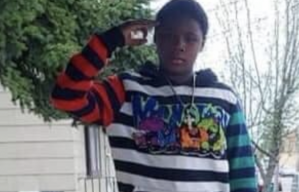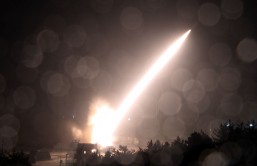"Pokémon Sun" and "Moon" were revealed last month during a Nintendo Direct, and as fans eagerly await the titles' 2016 holiday release, some have taken it upon themselves to take advantage of eager fans by posting fake scans depicting things such as box art starring Pokemon and the playable trainers.
This would be a prime time for such scans to emerge, to be sure. Not only is there essentially little information to weigh the veracity of new claims against, but it has become a trend for new generations to introduce new mechanics, so it wouldn't be unreasonable to assume that some of these leaks have some shred of truth in them. For example, Generation II formally introduced gendered Pokemon, Generation III formally introduced Natures, and Generation IV introduced the physical/special split for attacks.
"Pokemon Sun" and "Moon" may not introduce new mechanics, as far as we know, but the hype surrounding the games hasn't stopped people from trying to capitalize on that lack of information. This time around, the culprit has been identified by one site as a Korean Twitter account. The news, despite being sketchy, has been eaten up by fans and has amassed more than 3.7k re-tweets and 1k likes.
포켓몬 신작 소식이라는데 스타팅은 별로고 여주는 취향이다 pic.twitter.com/TWmu1fRJ7c
— 안토니오 (@TimeOoDd) March 11, 2016
How can one be sure that the scans are fake with so little information to weigh it against? Well, the site, Hachima Kikou, argues that the Japanese is off, and closer analysis indicates that is all the evidence we need to dispute it.
First off, as seen in the tweet, is the use of kanji. Since "Pokémon" is essentially a children's game, articles covering the subject have furigana above the kanji to help children read them. Why have an article targeted at children that uses language they can't fully understand? This begs the question of whether this article came from gaming magazine Famitsu. While Famitsu does cover "Pokémon" at times and doesn't use furigana, the latest issue of the magazine had no articles about the pertinent subject.
The second issue is punctuation. Instead of Japanese periods, which look like 。, the scans use dashes and dots in the middle. There are also erroneous commas in the middle of sentences, and the text font doesn't look like the font Japanese magazines typically use.
Individually, the errors, though somewhat telling, aren't too bad. However, together, they paint the picture of a fake scan.
In the end, all of this begs the real question: Why would a Korean Twitter account have this information before CoroCoro, which is known for both being aimed at children and often having Pokémon-related articles?
So now, deprived of our one source of information, where do we turn to for any updates? An image from the March issue of CoroCoro indicates that special features on "Sun" and "Moon" will begin in the magazine starting from next month's issue (April 15),
Serebii Update: CoroCoro states that special Sun & Moon info features to begin next month https://t.co/oV6DIIA7Ub pic.twitter.com/wlNlkRqqZv — Serebii.net (@SerebiiNet) March 12, 2016
At least we know one thing: an estimated release date. As mentioned before, last month's Nintendo Direct indicated that "Pokémon Sun" and "Moon" are slated to be released worldwide during the 2016 holiday season.








